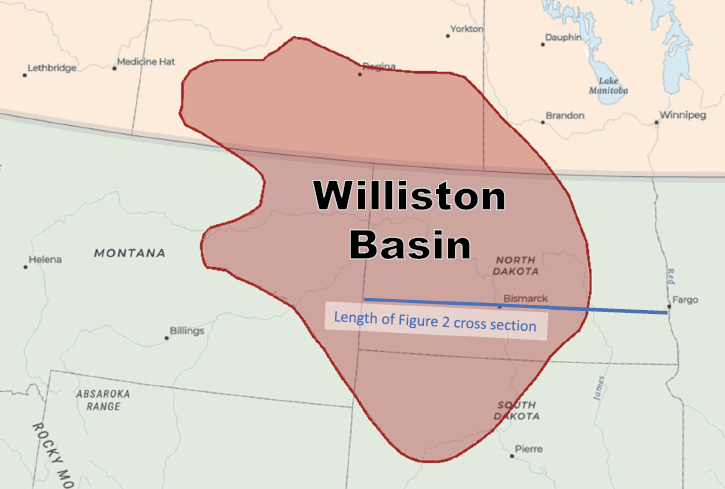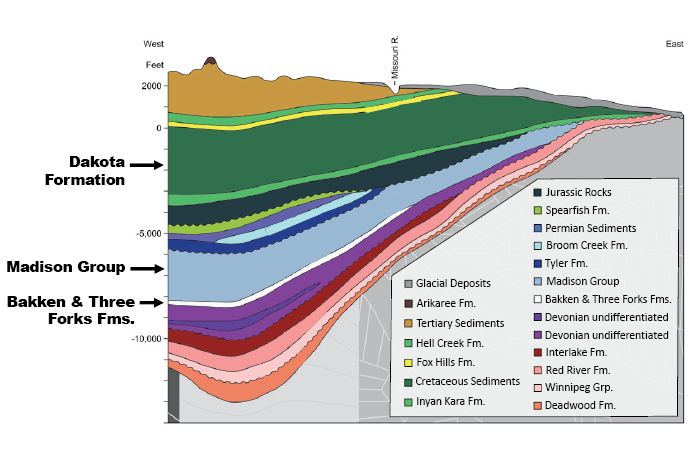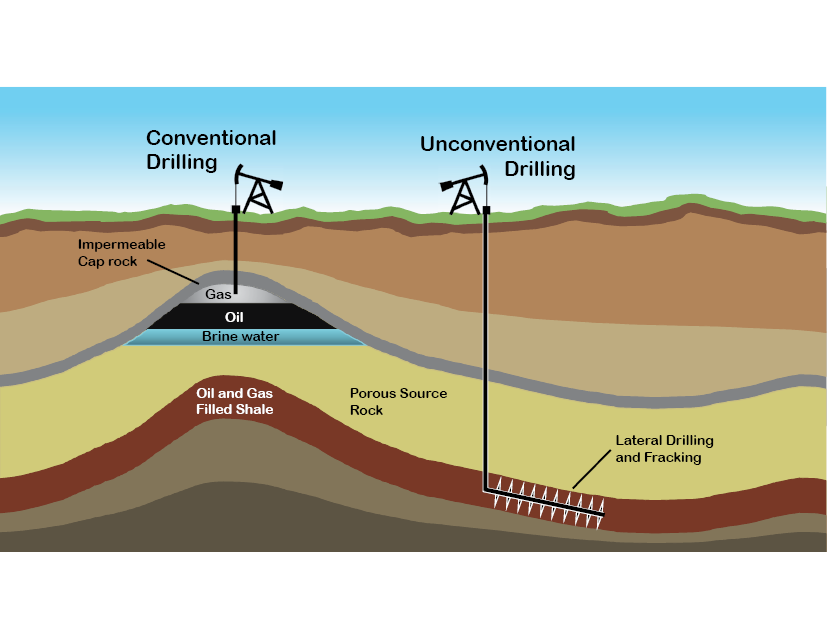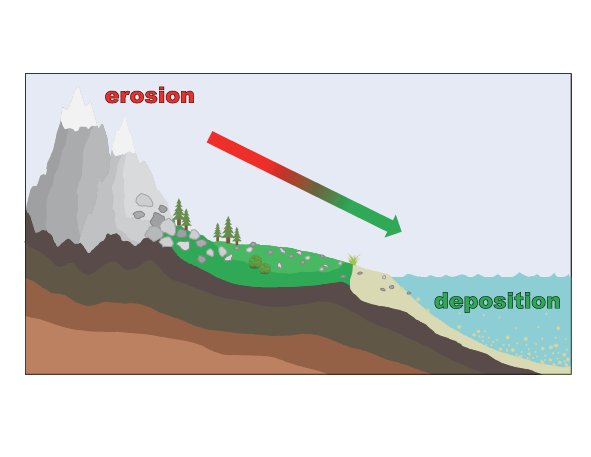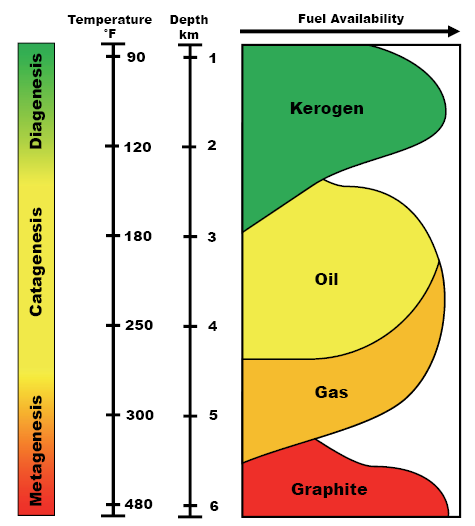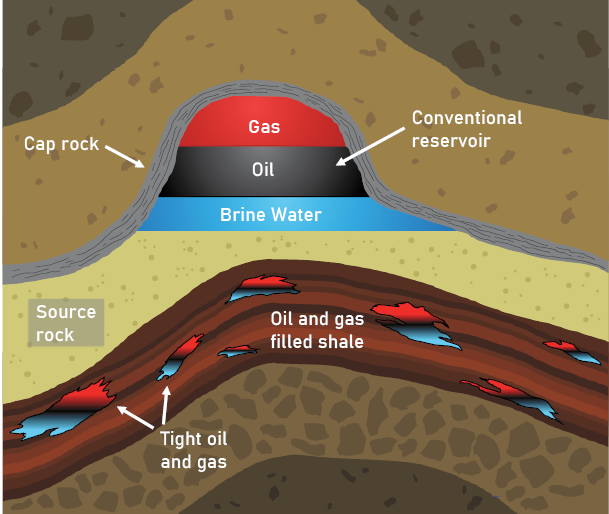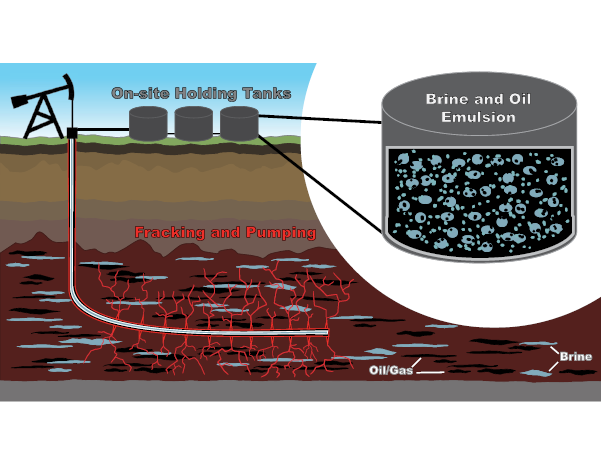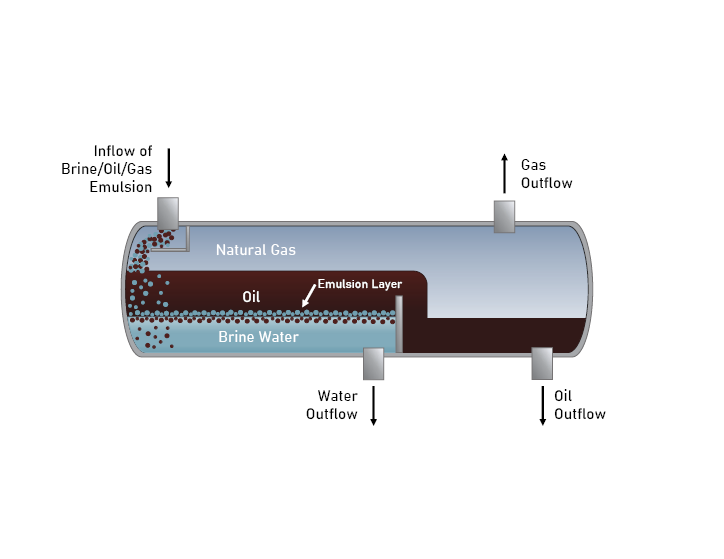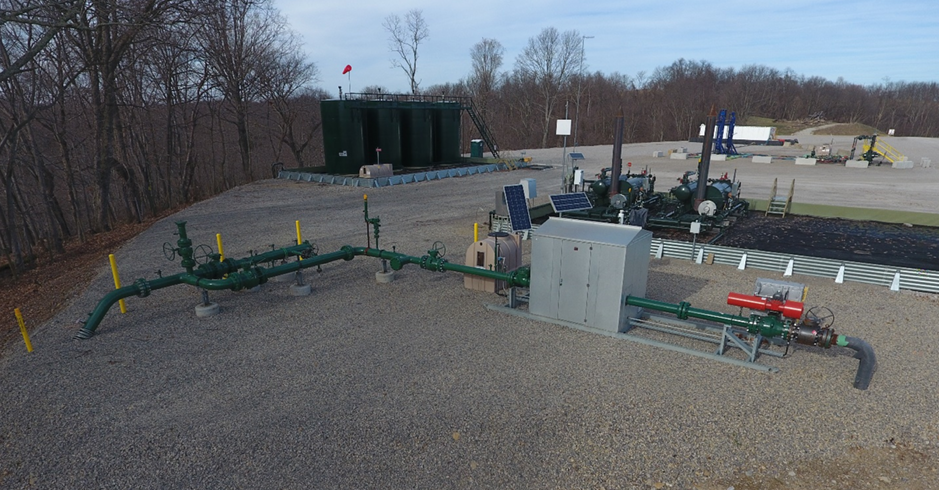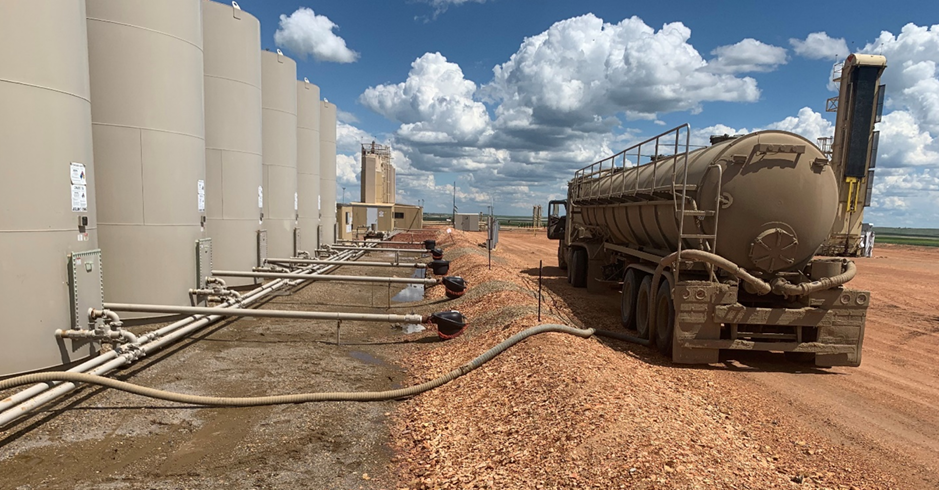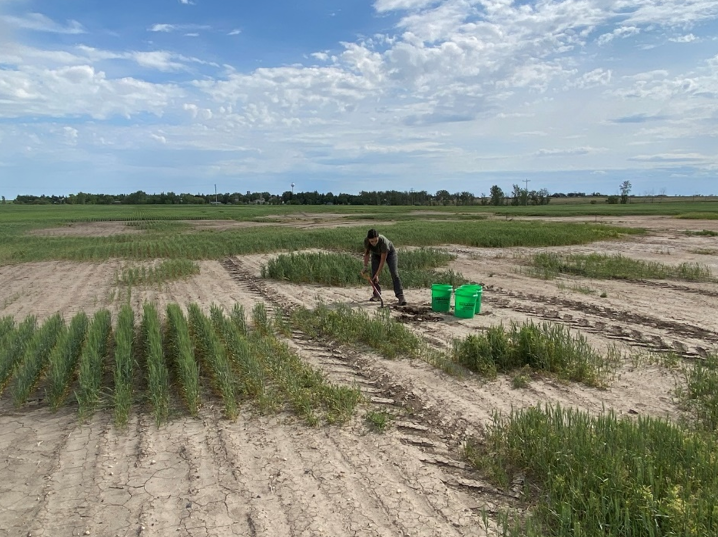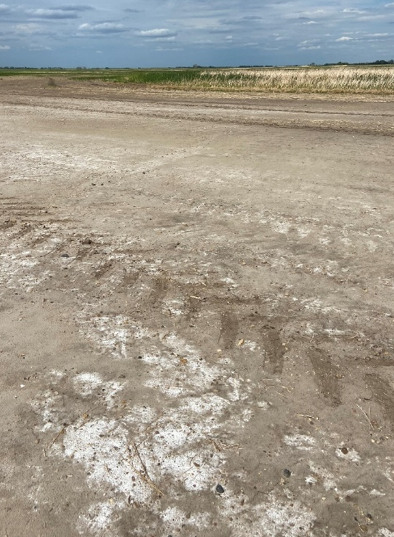Abel, M., Perrin, M., & Carbonera, J. L. (2015). Ontological analysis for information integration in geomodeling. Earth Science Informatics, 8(1), 21–36. https://doi.org/10.1007/s12145-015-0211-9
Alberta Environment. (2001). Salt Contamination Assessment & Remediation Guidelines. Environmental Service, Environmental Sciences Division.
Allison, E. & Mandler B. (2018). Transportation of Oil, Gas, and Refined Products The methods, volumes, risks, and regulation of oil and gas transportation. American Geosciences Institute. 15, 1-15.
www.americangeosciences.org/critical-issues
Anna, L. O., Pollastro, R., & Gaswirth, S. B. (2010). Assessment of Undiscovered Oil and Gas Resources of the Williston Basin Province of North Dakota, Montana, and South Dakota. Geological Survey Williston Basin Province Assessment Team U.S. Geological Survey Digital Data Series DDS-69-W. 1-15. http://www.usgs.gov/pubprod
Bader, J. W., Lefever, J. A., Nesheim, T. O., & Stolldorf, T. D. (2018). Bakken-Three Forks Formations Madison Group Spearfish Formation. North Dakota Geological Survey. 1-75.
Barbour, S. L., & Yang, N. (1993). A review of the influence of clay-brine interactions on the geotechnical properties of Ca-montmorillonitic clayey soils from western Canada. Canadian Geotechnical Journal, 30, 920-934. https://doi.org/10.1139/t93-090
Bluemle, J. P. (2016). North Dakota’s Geologic Legacy: Our Land and how it Formed. North Dakota State University Press.
De Jong, E. (1982). Reclamation of Soils Contaminated by Sodium Chloride. Canadian Journal of Soil Science, 64, 351-364.
https://doi.org/10.4141/cjss82-039
Donohue, C. M., & Barrie, C. D. (2021). A review of the Bakken petroleum systems in the United States and Canada: Recognizing the importance of the Middle Member play. AAPG Bulletin, 105(9), 1847–1866.
https://doi.org/10.1306/04122120093
Egloff, G., B., Aime, M., Nelson, E. F., Maxutov, C. D., & Wirth III, C. (1937). Desalting Crude Oils. http://onepetro.org/trans/article-pdf/127/01/48/2177681/spe-938048-g.pd…;
Franzen, D., Kalwar, N., Wick, A., & DeSutter, T. (2019). Sodicity and Remediation of Sodic Soils in North Dakota. North Dakota State University Extension Service Pub. SF1914. https://www.ag.ndsu.edu/publications/crops/sodicity-and-remediation-of-…
Gaswirth, S. B., Lillis, P. G., Pollastro, R. M., & Anna, L. O. (2010). Geology and Undiscovered Oil and Gas Resources in the Madison Group, Williston Basin, North Dakota and Montana. The Mountain Geologist, 47(3), 71-90.
Gerhard, L. C., Anderson, S. B., Lefever, J. A., & Carlson, C. G. (1982). Geological Development, Origin and Energy Mineral Resources of the Williston Basin, North Dakota. North Dakota Geological Survey, 66(8), 989-1020. https://doi.org/10.1306/03b5a62e-16d1-11d7-8645000102c1865d
Green, A. W., DeSutter, T. M., Daigh, A. L. M., & Meehan, M. A. (2019). Wicking Salts from Brine-Contaminated Soils: A Potential Method for In Situ Remediation. Agricultural & Environmental Letters, 4(1), 180069. https://doi.org/10.2134/ael2018.12.0069
Green, A., DeSutter, T. M., Meehan, M. A., Daigh, A. L. M., & O’Brien, P. L. (2020). Produced water’s impact on soil properties: Remediation challenges and opportunities.
Guerra, K., Dahn, K., & Dundorf, S. (2011). Oil and Gas Produced Water Management and Beneficial Use in the Western United States. Bureau of Reclamation. [Online.] https://www.usbr.gov/research/dwpr/reportpdfs/report157.pdf
Helms, L. (2008). Horizonal Drilling. DMR Newsletter, 35(1), 1-3.
https://www.dmr.nd.gov/ndgs /documents/newsletter/2008Winter/pdfs/Horizontal.pdf
Hobson, G. D., & Tiratsoo, E. N. (1975). Introduction to Petroleum Geology. Scientific Press.
Jury, W. A. & Weeks, L., V. (1978). Solute-travel Time Estimates for Tile-drained Fields III. Removal of a Geothermal Brine Spill from Soil by Leaching. Soil Science Society of America, 42(5), 679-684.
https://doi.org/10.2136/sssaj1978.03615995004200050003x
Konkel, L. (2016). Salting the Earth: The Environmental Impact of Oil and Gas Wastewater Spills. Environmental Health Perspectives, 124(12), A230–A235. https://doi.org/10.1289/EHP.124-A230
Lauer, N. E., Harkness, J. S., & Vengosh, A. (2016). Brine Spills Associated with Unconventional Oil Development in North Dakota. Environmental Science and Technology, 50(10), 5389–5397. https://doi.org/10.1021/acs.est.5b06349
LeFever, J. A. (2014). Source Beds. North Dakota Geological Survey.
LeFever, J. A., & Nordeng, S. H. (2008). The Bakken Formation: Revisited. North Dakota Geological Survey.
Lin, Z., Lin, T., Lim, S. H., Hove, M. H., & Schuh, W. M. (2018). Impacts of Bakken Shale Oil Development on Regional Water Uses and Supply. Journal of the American Water Resources Association, 54(1), 225-239. https://doi.org/10.1111/1752-1688.12605
Meehan, M., Sedivec, K., DeSutter, T., Augustin, C., & Daigh, A. (2017). Environment Impacts of Brine (Produced Water). North Dakota State University Extension Service Pub. R1850. https://www.ag.ndsu.edu/publications/environment-natural-resources/envi…;
Mohamed, I. M., Block, G., Abou-Sayed, O., & Abou-Sayed, A. S. (2017). Industrial waste injection feasibility in North Dakota. Journal of Petroleum Science and Engineering, 159, 267–278.
https://doi.org/10.1016/j.petrol.2017.09.028
Murphy, E. C., Nordeng, S. H., Juenker, B. J., & Hoganson, J. W. (2009). North Dakota Stratigraphic Column. North Dakota Geological Survey, 91.
Murphy, E.C. (2010). Bakken and Three Forks basics. North Dakota Geological Survey.
Ourisson, G., Albrecht, P., & Rohmer, M. (1984). The Microbial Origin of Fossil Fuels. Scientific American. 251(2), 44–51.
https://doi.org/10.2307/24969433
Pereira, J., Velasquez, I., Blanco, R., Sanchez, M., Pernalete, C., & Canelón, C. (2015). Crude Oil Desalting Process. In Advances in Petrochemicals. https://doi.org/10.5772/61274
Ranaee, E., Ghorbani, H., Keshavarzian, S., Ghazaeipour Abarghoei, P., Riva, M., Inzoli, F., & Guadagnini, A. (2021). Analysis of the performance of a crude-oil desalting system based on historical data. Fuel, 291. https://doi.org/10.1016/j.fuel.2020.120046
Sublette, K. L., Moralwar, A., Ford, L., Duncan, K., Thoma, G., & Brokaw, J. (2005). Remediation of a spill of crude oil and brine without gypsum. Environmental Geosciences, 12(2), 115–125. https://doi.org/10.1306/eg.11160404040
Thamke, J. & Chesley-Preston, T. (2013). Williston Basin Layer. United States Geological Survey.
Thayee Al-Janabi, O. Y., Ibrahim, M. S., Waheed, I. F., Sayda, A. W., & Spearman, P. (2019). Breaking water-in-oil emulsion of Northern Iraq’s crude oil using commercial polymers and surfactants. Polymers and Polymer Composites, 28(3), 187–198.
https://doi.org/10.1177/0967391119868118
Tissot, B.P., & Welte, D. H. (1978). Petroleum Formation and Occurrence:
A New Approach to Oil and Gas Exploration. Springer-Verlag.
http://dx.doi.org/10.1007/978-3-642-96446-6
Vandenbroucke, M., & Largeau, C. (2007). Kerogen origin, evolution and structure. In Organic Geochemistry, 38(5), 719-833.
https://doi.org/10.1016/j.orggeochem.2007.01.001
Wang, J., Yuan, G., Lu, J., & Wu, J. (2021). Leaching of salt-affected soil amended by leonardite. Physical Geography, 42(3), 226–239.
https://doi.org/10.1080/02723646.2020.1738980
Yassin, A. N. A., Mohamed, B. E. H., Morsi, M. S., Osman, M. E., & Mohamed, M. T. (2019). Petroleum Refinery Process Design & Naptha Methaforming – Simulation Using Aspen HYSYS. Alexandria University.
All illustrations courtesy Annalie Peterson, Graduate Research Assistant, NDSU Soil Science.
